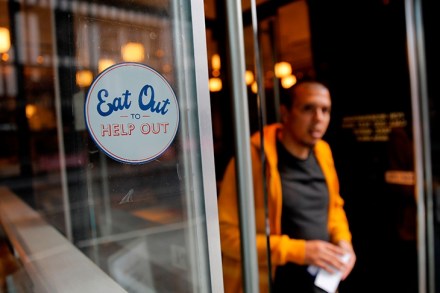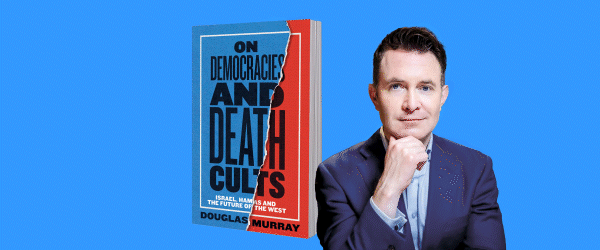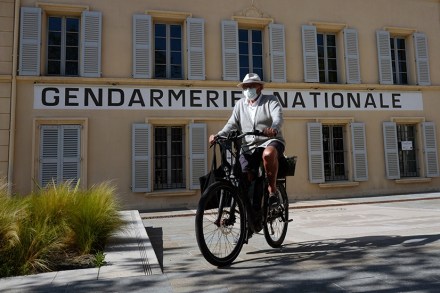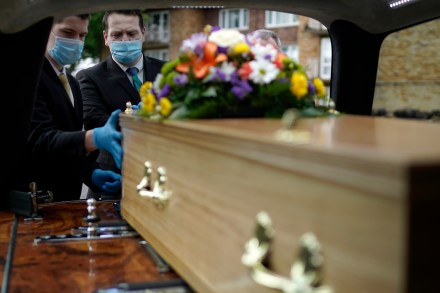Covid has exposed our confusion about food
These past five Covid-buffeted months have shone a spotlight as never before on the choices we as a nation make about and around food. We are quite confused when it comes to eating. The government’s two recent messages on the subject are in conflict with each other: it’s our civic duty to ‘eat out to help out’, we’re told, but also we need to lose weight to protect the NHS. These muddled messages were evidenced by the somewhat mad poster advertising ‘eat out to help out’: after listing the practical terms of the scheme, the optimistic last line reads ‘Look out for better health choices’. I don’t know about you,





















